Nov 11, 2021 | Brazil, Economics, Environment
By Fanni Daniella Szakal, 2021 IIASA Science Communication Fellow
In an attempt to foster economic development for Brazil, the government is planning to open up indigenous and protected areas for mining. But will this truly lead to economic development for the country? 2021 Young Scientists Summer Program (YSSP) participant, Sebastian Luckeneder is using spatial modeling to find out.

© Prabhash Dutta | Dreamstime.com
As the largest rainforest on the planet, the Amazon harbors the highest biodiversity of all ecosystems and is home to many indigenous tribes. It is also literally sitting on a goldmine of natural resources. There are plans in the works to open up protected and indigenous areas of the rainforest to mining activities, which is expected to bring more wealth and development for the country, but at the same time, it will also pose a threat to the environment and indigenous communities.
At first glance, the issue looks like the classic trade-off between economic growth versus environmental and social disruption. In reality however, mining affects social, environmental, and economic spheres both directly and indirectly, creating a complex network of interactions that potentially defy the current dogma.
Mining relies heavily on machines while creating relatively few jobs in comparison to the investment of capital it requires. In addition, mining companies are often large international corporations, which means that most of the profits gained from mining operations in a particular country end up outside that country’s borders.
“One could say that just the very few benefit from extractive activities, whereas many have to pay the cost,” says Sebastian Luckeneder, a 2021 YSSP participant at IIASA, when referring to the environmental destruction, disruption of livelihoods, and displacement of indigenous communities that mining would bring about.
As a second-year PhD candidate at the Institute for Ecological Economics of Vienna University of Economics and Business (WU), Luckeneder is studying the environmental and socioeconomic impacts of mining activities. At IIASA, he used spatial modeling to understand how mining and land use affect regional economic growth in Brazil in the hopes of finding the best economic solution for the country.
Using GDP growth as a proxy for economic development, he looked at the impacts of mining and other types of land use between 2000 and 2020. The model incorporates data on mining, agriculture, and land-use change, as well as other socioeconomic factors, such as employment and infrastructure for about 5,500 municipalities in Brazil.
The study is as complex as it sounds: Luckeneder’s main challenge is to set up a theoretical framework that depicts how the environmental and socioeconomic factors influence each other. Once his comprehensive model is complete, he hopes to get a clear picture of how mining affects the Brazilian economy.
He suspects that while mining activities would bring some economic gains, these might not be sustainable, as the environmental and social upheaval that follow the opening of a mine could negatively impact development in the long-run.
While economic development is important, in the current climate crisis, decisions to enable activities that lead to deforestation cannot be taken lightly. Luckeneder hopes that his results will be used to inform the political debate in Brazil and support policy decisions by the way of science.
Jul 29, 2021 | Korea, Science and Policy, Young Scientists
By Fanni Daniella Szakal, 2021 IIASA Science Communication Fellow
Despite the political challenges, 2021 YSSP participant Eunbeen Park is researching ways to restore forests in isolated North Korea.
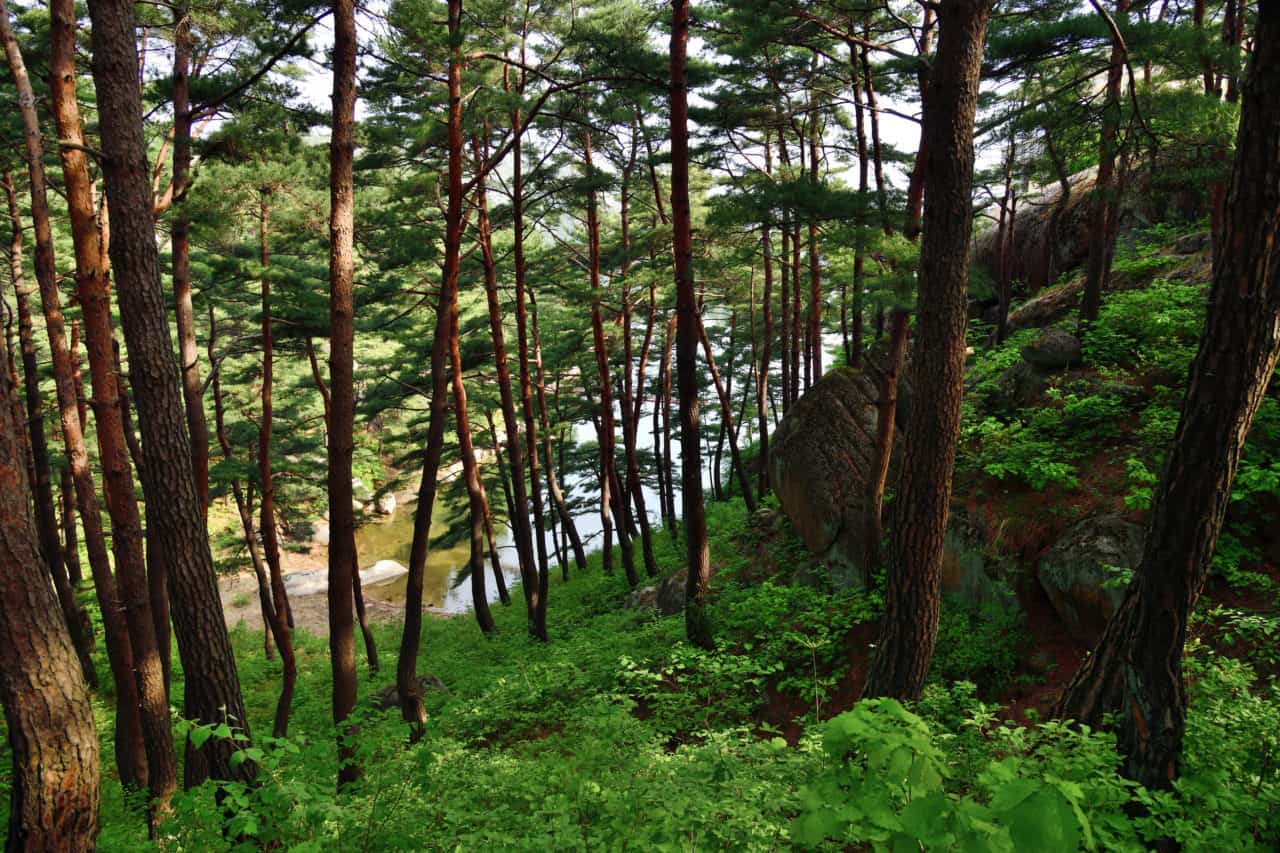
© Znm | Dreamstime.com
North Korea is somewhat of an enigma and getting a glimpse into what transpires behind its borders is a difficult task. Based on our limited information, it however seems that its once luscious forests have disappeared at an alarming rate in the last few decades.
Deforestation in North Korea is fueled by economic difficulties, climate change, and a lack of information for effective forest management. As forests are recognized as important carbon sinks that are invaluable when working towards the climate goals established in the Paris Agreement, finding a way to restore them is imperative. Forests are also essential in solving food insecurity and energy issues, which is especially relevant in the face of the current economic hardship in North Korea.
Neighboring South Korea serves as a benchmark for a successful reforestation campaign after having restored most of its forest cover in the last half a century. South Korean researchers and NGOs are keen to support afforestation efforts in North Korea and it seems that the North Korean government is also prioritizing this through a 10-year plan announced by North Korean leader Kim Jong-Un in 2015. The strained relationship between the two Koreas however, often hinders effective collaboration.
‘’We are close to North Korea regionally, but direct connection is difficult for political reasons. However, many researchers are interested in studying North Korea and there are currently many projects for South and North Korea collaboration supported by the Ministry of Unification,” says Eunbeen Park, a participant in the 2021 Young Scientists Summer Program and a second year PhD student in Environmental Planning and Landscape Architecture at Korea University in Seoul, South Korea.
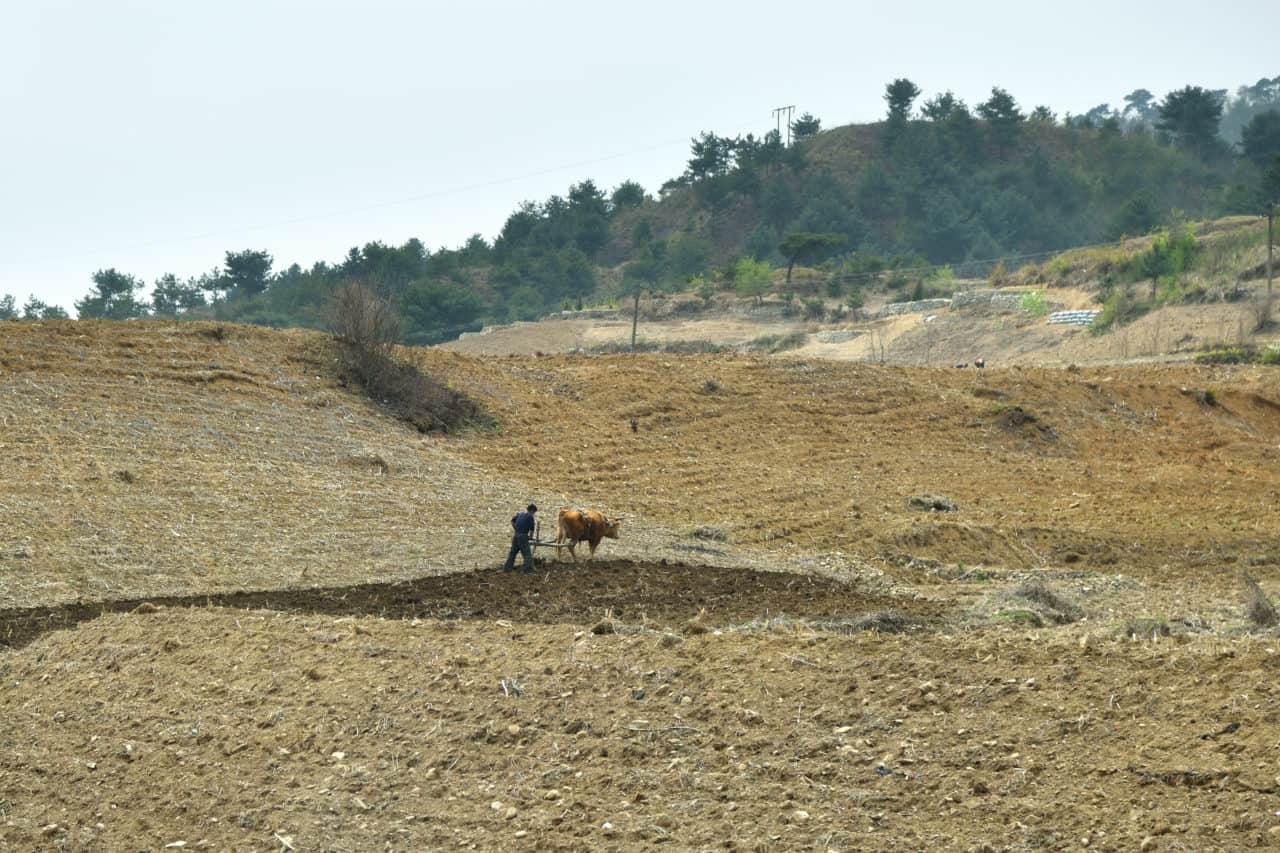
North Korean countryside © Znm|Dreamstime.com
Modeling afforestation scenarios in North Korea
Park specializes in using remote sensing data for environmental monitoring and detecting changes in land cover. During her time at IIASA, she will use the Agriculture, Forestry, and Ecosystem Services Land Modeling System (AFE-LMS) developed by IIASA to support forest restoration in North Korea.
First, Park will use land cover maps dating back to the 1980s to map the change in forest cover. She will then identify areas for potential afforestation considering land cover change, forest productivity, climate, and different environmental variables, such as soil type. She will also develop different afforestation scenarios based on forest management options and the tree species used.
According to Andrey Krasovskiy, Park’s supervisor at IIASA, when selecting tree species for afforestation we need to take into account their economic, environmental, and recreational values.
“From a set of around 10 species we need to choose those that would be the most suitable in terms of resilience to climate change and to disturbances such as fire and beetles,” he says.
Challenges in data collection
A major challenge in Park’s research is obtaining accurate information for building her models. If there is relevant research from North Korea, it is not available to foreign researchers and without being able to enter the country to collect field data in person, her research has to rely on remote sensing data or data extrapolated from South Korean studies.
Fortunately, in recent years, remote sensing technology has evolved to provide high-resolution satellite data through which we are able to take a thorough look at the land cover of the elusive country. Park will match these maps with yield tables provided by Korea University based on South Korean data. As the ecology of the two Koreas are largely similar, these maps are thought to provide accurate results.
Is there space for science diplomacy?
“Research shouldn’t have any boundaries,” notes Krasovskiy. “In reality however, the lack of scientific collaboration between research groups in South and North Korea poses a major obstacle in turning this research into policy. Luckily, some organizations, such as the Hanns Seidel Foundation in South Korea, are able to bridge the gap and organize joint activities that provide hope for a more collaborative future.”
Despite the diplomatic hurdles, Park hopes that her work will find its way to North Korean policymakers.
“I expect my research might make a contribution to help policymakers and scientific officials establish forest relevant action in North Korea,” she concludes.
Mar 10, 2021 | Communication, IIASA Network, Science and Policy, Women in Science
By Marie Franquin, External Relations Officer in the IIASA Communications and External Relations Department
Marie Franquin writes about her first six months as part of the IIASA Communications and External Relations team.
This year has certainly been a great challenge for all of us, migrating our lives online and our offices to the living-room. Last summer, I finished my PhD and was ecstatic to have found a job at IIASA that encompassed day-to-day work on my favorite skills: international stakeholder engagement, policy interface, and interacting with researchers, including early career ones!
All of these aspects were covered in the newly launched 2021-2030 IIASA Strategy that was published in the winter. My challenge remained to know how I could best apply my science to policy and research skills to contribute to these goals. How do I help a systems analysis research community move towards more impact and increasing stakeholder engagement?
It quickly became obvious that my position in the external relations team required multitasking and honing a series of skills. The first and top skill that I have kept developing for the past six months was interacting with international stakeholders from all over the world, which included not only our National Member Organization (NMO) representatives and researchers from these countries, but also IIASA researchers and alumni. Working at IIASA I have already gained experience in developing relationships with stakeholders of the research community all over the world.
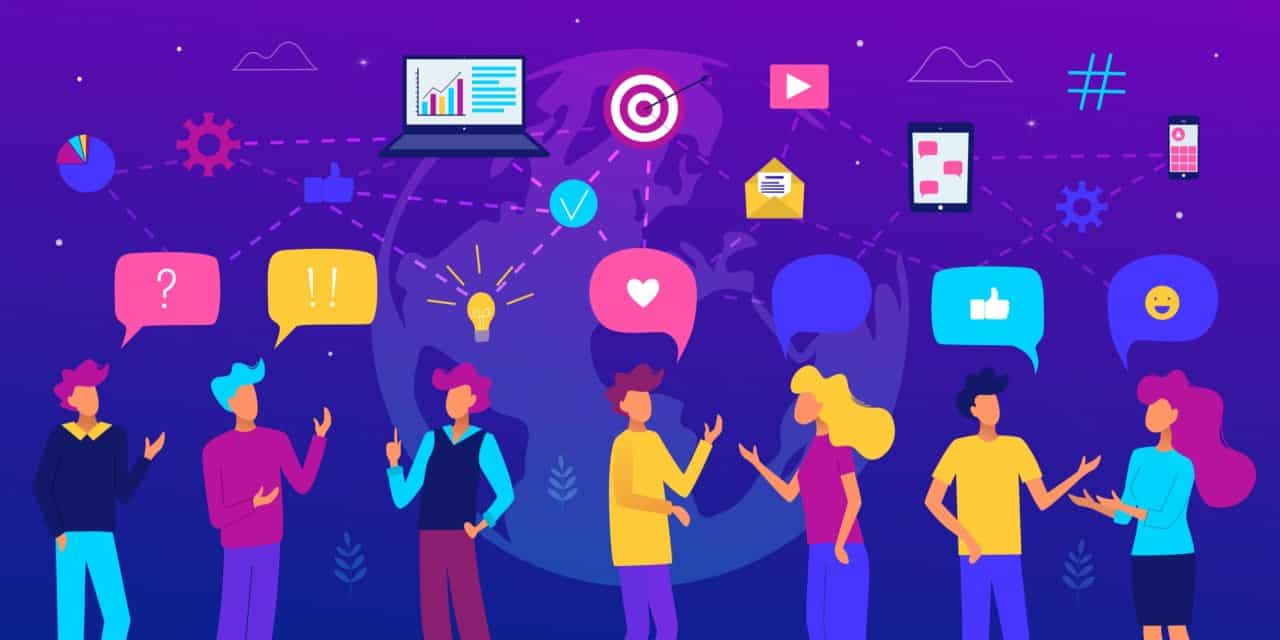
© Swietlana Malyszewa | Dreamstime.com
The IIASA stakeholder community also sheds new light on the value of the institute’s expertise in systems analysis for building international scientific partnerships, whether it be formal ones with my colleague Sergey Sizov and his science diplomacy expertise, or by facilitating research partnerships between our NMO countries and IIASA researchers.
With my colleague Monika Bauer, I am also learning about the future of stakeholder engagement and how to build virtual communities, like she’s doing with IIASA Connect:
“We are building the global systems analysis network on IIASA Connect. This tool allows colleagues, alumni, the institute’s regional communities, and collaborators to directly engage with each other and take advantage of the institute’s international and interdisciplinary network. It is something completely new for the organization,” she explains.
Our recent partnership with the Strategic Initiatives (SI) Program was aimed at better understanding the IIASA NMO countries and their individual research priorities for the next decades. I learned about local challenges and strengths and how countries have managed to move forward as a nation or by working hand in hand with their neighbors.
Coming from a research background, I am fascinated by the insights I am gaining working with IIASA communications colleagues on how to promote research and its impacts. I particularly enjoyed working with Ansa Heyl, helping IIASA experts build their policy brief submissions for the recent T20 Italy call for abstracts. As part of my skillset and center of interest, I aim to apply my science to policy skills here at IIASA to support the researchers and impacts of the amazing work done across the institute.
Having mostly worked with and for early career researchers for several years, I remain sensitive to their needs for career development opportunities. I am therefore excited to work with colleagues in the institute’s Capacity Development and Academic Training (CDAT) program to further define and support research excellence at IIASA, especially in the very promising next generation of systems scientists.
Few workplaces are so well connected and offer so many opportunities to develop such a broad range of skills as the IIASA Communications and External Relations team. As we are working towards fulfilling the IIASA Strategy’s aim of strengthening partnerships, I look forward to continuing to interact with IIASA researchers and supporting the institute’s goals of making sure the work done at IIASA positively impacts society. So come and chat with me!
Note: This article gives the views of the author, and not the position of the Nexus blog, nor of the International Institute for Applied Systems Analysis.
Dec 17, 2020 | Climate Change, COVID19, Sustainable Development
By Greg Davies-Jones, 2020 IIASA Science Communication Fellow
Greg Davies-Jones finds out how COVID-19 has lightened the carbon footprint of IIASA and uncovers how the institute plans to integrate climate protection and sustainability into everyday research activities.
The impact of COVID-19 has been profound and pervasive, infiltrating deeply into many spheres of society. IIASA has not escaped the clutches of the pandemic either: The phrase ‘unprecedented times’ has become just as commonplace here at the institute as it has across the globe. Despite the overt and all too evident adverse consequences of COVID-19, there is a significant, albeit only temporary, positive aspect of a lockdown existence, namely a reduction in carbon dioxide (CO2) emissions.
At IIASA, the principal decline in CO2 emissions has been due to the drop-off in business travel. With individual mobility heavily restricted, travel arising out of research activities, meetings, and conferences has dropped to almost zero. To fill the void, the virtual world is rapidly becoming the everyday reality: Zoom calls, Skype meetings, audio hiccups, video glitches, and the occasional gallivanting toddler have fast become the norm in this new working world.
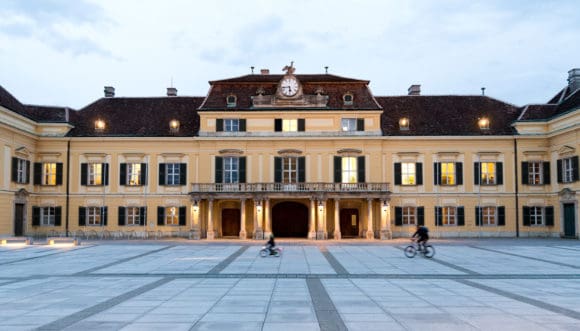
Schloss Laxenburg | ©IIASA
In the years to come, when the COVID-19 cobwebs are finally blown away (hopefully), might this new working world become more commonplace? A hybrid between the pre-COVID-19 and post COVID-19 worlds perhaps? One thing is certain: The continuation of business-as-usual will be catastrophic environmentally. A recent climate poll documented in The Guardian found despairingly that people are planning to drive and, in some cases, even fly more in the future than before the coronavirus pandemic. The dangerous inference that could be drawn from this is that, rather than merely a disconnect between individual actions and outcomes, there are conscious choices being made that are increasingly recognized as being highly inimical to the continued existence of most life forms on this planet.
Given the global shock to the economy, cost will also be a key factor influencing decisions in the post COVID-19 world. Virtual conferencing is pre-eminently a cheaper alternative. Although not a perfect substitute for in-person meetings – it does come with advantages (e.g., lower resource requirements and better accessibility) as well as disadvantages (e.g., lacking informal exchanges).
“Another aspect is inclusivity ̶ virtual conferencing affords people the opportunity to engage with relative ease (provided they have a sound internet connection), irrespective of their geographical location,” explains IIASA researcher Caroline Zimm.
Fellow researcher, Benigna Boza-Kiss, continues: “The virtual working world can be fruitful and effective, but we must be more strategic in how it is organized. Structured meetings with specific objectives planned in advance will allow for ineffectual activity and call-times, which similarly generate emissions, to be reduced.”
Notwithstanding these positives of a virtual working environment, there are some apprehensions, particularly regarding the impossibility of virtual platforms to meaningfully replicate certain types of social interactions, including those that occur outside structured sessions at conferences. Conversations beside the coffee machine, chinwags in the corridor, or even the post-work evening revelry – all such serendipitous moments and gainful interaction are considered invaluable in providing the ‘complete’ conference experience. Yet, the virtual world can offer other distinct advantages.
“In video calls and online conferencing platforms, it is not as daunting to ‘raise a hand’ or contact someone more senior. I have found that some people actually speak up more (often using the chat function) than they would in a physical conference setting. This means a shift in the networking dynamic and perhaps even greater inclusivity,” says Zimm.
The lightening of the carbon footprint of IIASA research ventures will likely be short-lived unless we make fundamental changes over the long-term. As the time window in which we can effectively act on climate change inexorably closes, it is imperative that we do more to attain the universal climate goals written into the Paris Agreement.
In light of this challenge, and considering the work of IIASA as a leader in environmental and sustainability studies, it feels appropriate to ask: Should the prevailing ethos of environmental institutes and practitioners therein openly acknowledge and embrace the responsibility to act as role models in reducing negative environmental impact? Put bluntly, should it be incumbent upon them to ‘walk the talk’? Are people more likely to respond to organizations and researchers that practice what they preach?
Many environmental institutes and researchers, at least nominally, would agree, but this purported espousal must be underpinned by concrete action. In 2019, IIASA joined forces with Climate Alliance Austria – an organization focusing on awareness-raising projects and activities to promote knowledge on climate issues and sustainable development. The IIASA-Climate Alliance mandate is to integrate climate protection and sustainability into everyday research.
To advance this philosophy, IIASA has formed an internal Environment Committee that focuses on nurturing more environmentally friendly processes and activities at the institute. To this end, the committee has organized an evaluation and is elaborating a strategy that includes developing Green Event Guidelines, powering IIASA with certified green electricity, and encouraging individual action with a ‘Bike to Work’ scheme.
For the most part however, these are all fledgling initiatives that require cultivation, top level support and leadership to ensure success. Moreover, these initiatives necessitate additional targeted and hard-hitting emission-mitigation strategies to avoid frustratingly commonplace ‘greenwashing’ and ensure decisive, positive internal climate action. More stringent measures, such as the institute’s proposed stricter sustainable procurement and travel policies, will arguably make a powerful and lasting contribution to this over-arching aim of “reconfiguring” IIASA as an employer that is doing all it can to implement and facilitate sustainable working practices for its entire workforce.
Note: This article gives the views of the author, and not the position of the Nexus blog, nor of the International Institute for Applied Systems Analysis.
Nov 13, 2020 | IIASA Network
By Shorouk Elkobros, IIASA Science Communications Fellow
Shorouk Elkobros interviewed Lindsay Radakovits-Smith, Deputy Head of the IIASA Human Resources (HR) Department and HR Operations Officer to discuss the institute’s new shared values.
What attracted you to IIASA?
I grew up internationally – I went to school in Austria, studied in England, and worked in Germany. In 2017, I joined IIASA because I felt I could use my international background as well as my academic qualifications in Austrian employment law and my specialization in Human Resources to the benefit of the organization.
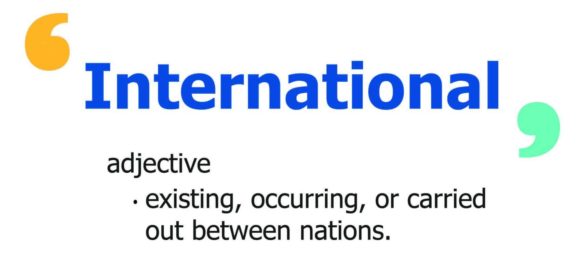
Poster from IIASA mini core values guerilla campaign February 2019
What do you like the most about IIASA?
IIASA has an international workforce that is enthusiastic about cutting-edge research. I have never felt as valued a part of an organization as here. I am proud to be part of an organization where scientists research real life-affecting issues such as the spread of COVID-19 or wildfires around the world. From models and scenarios featured in the International Panel on Climate Change (IPCC) reports to their participation in UN General Assemblies. That is what I enjoy about my job, being able to support them in their endeavors to make the world a better place.
Can you tell us about the new IIASA core values (ASPIRE)?
When Albert van Jaarsveld became our Director General and CEO in 2018, he quickly realized that we did not have an articulated values set, so in the process of establishing a new HR strategy that will come into play in 2021, ASPIRE fulfills that role. It was not only the core values that we needed to identify but also what they mean. For example, what does it mean to be accountable, or why is having good integrity in your scientific work valuable?

Posters from IIASA mini core values guerilla campaign February 2019

Posters from IIASA mini core values guerilla campaign February 2019
Why is it necessary to have a shared set of values?
A set of values can be a conversation starter, and thus can be useful to promote a culture of belonging. It is useful because when we have core values to stand behind, they are easily reflected in the IIASA strategy.
How did you formulate the IIASA core values?
We said, let’s see what people think. We wanted this to be a bottom-up process rather than top-down from the executive team. We did a mini guerrilla campaign, put up posters with examples of values, and a potential definition to get everyone thinking and talking about it. It got the staff talking, and they came up with hilarious suggestions, which is how we knew that we were getting through to people. We did the campaign without prior notification on purpose because we wanted to get honest reactions to it, and we had positive as well as negative feedback. We then sent out a questionnaire to all staff to give their input on what IIASA values mean to them. All the core values are designed based on this questionnaire’s results, and the clusters of values our staff said resonated with them.

“Have your say” poster from IIASA mini core values guerilla campaign February 2019
Do you think IIASA embodies its core values?
There is always room for improvement, which does not mean that we are not living the values. It just means we could be doing it a little bit more proactively. We could also take a little bit more time to make sure that we stick to the core values or find out what they mean for us on individual levels.
I think it is vital for us to step back, have a look at what the values we are living in the workplace are, how we are behaving, how the institute is progressing, and ask whether we are living up to our values as well as we should be.
How do you foresee IIASA staff adopting these core values?
Values are intrinsic to any human being. For me, the people-centered value is what I try to achieve working in the HR Department. I aspire to help staff members understand the rationale behind all executive decisions. I hope that in the next two years, IIASA core values will be something that everyone knows and that they will be able to say they are proud to work at an institute where integrity, accountability, and respect are part of our identity.
With the new Chief Operations Officer (COO) responsible for operative functions at the organization, we are also working to introduce assessment frameworks in the new performance and development review process. In addition, we are introducing training for our managers and leaders in the organization so they can live by example and thus translate values into behaviors.
Note: This article gives the views of the author, and not the position of the Nexus blog, nor of the International Institute for Applied Systems Analysis.










You must be logged in to post a comment.